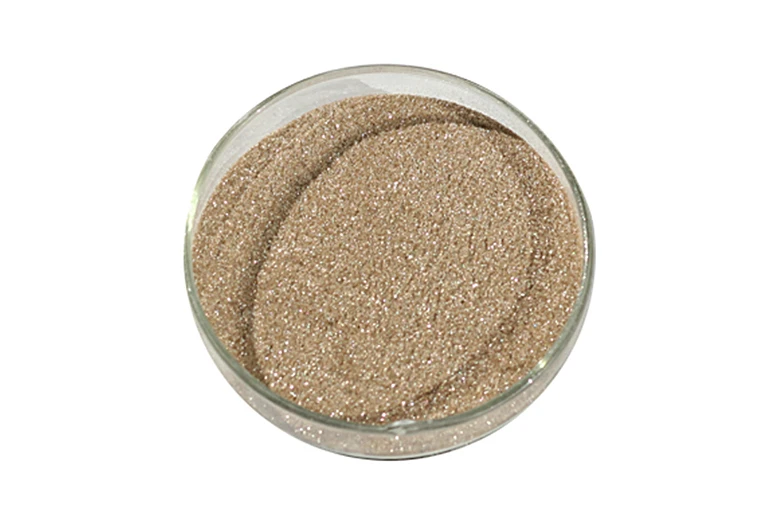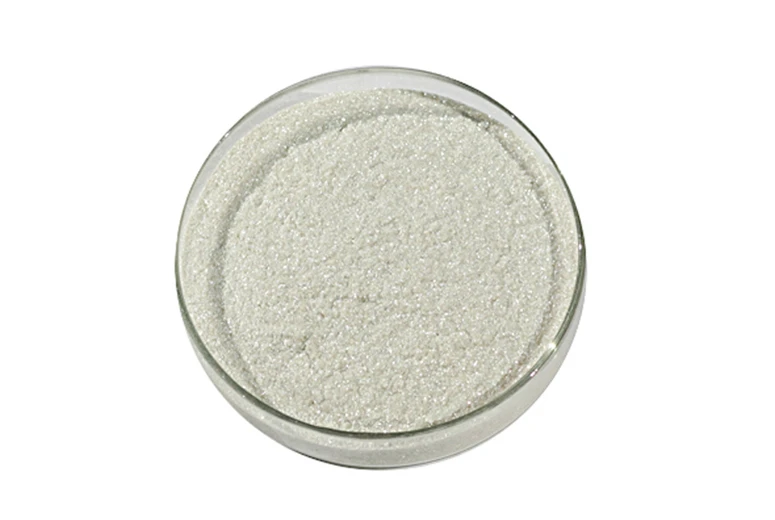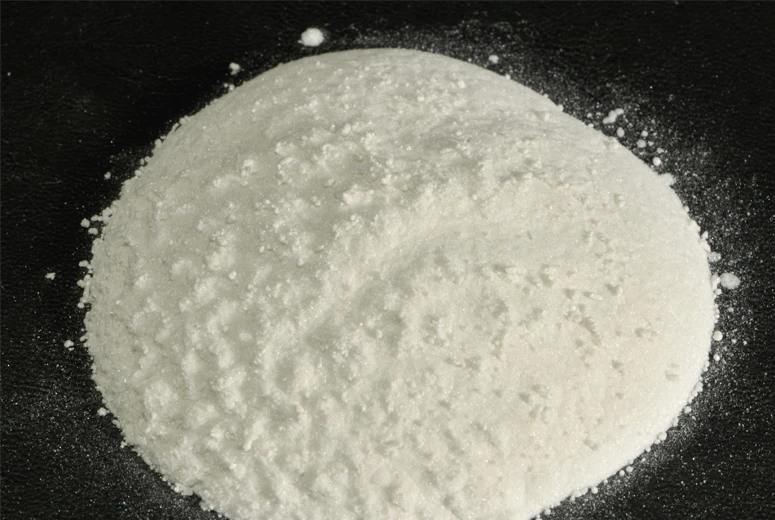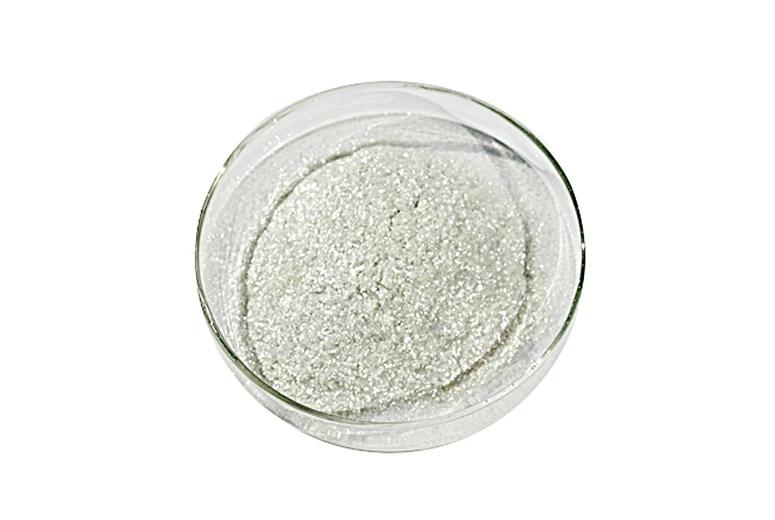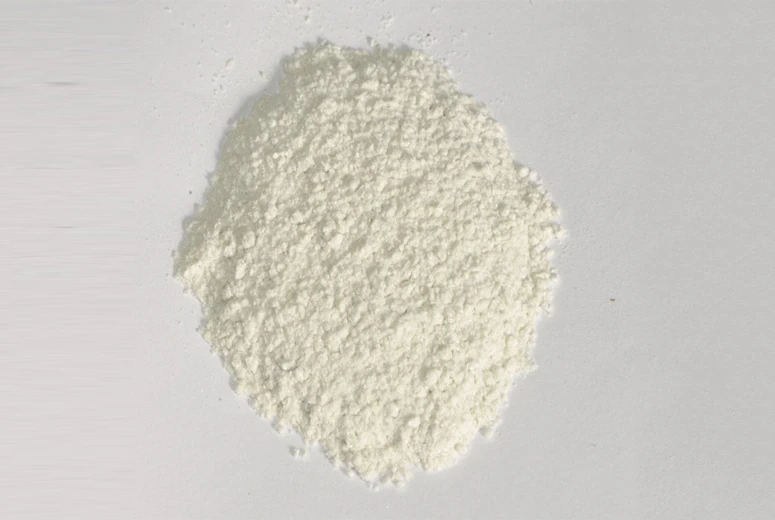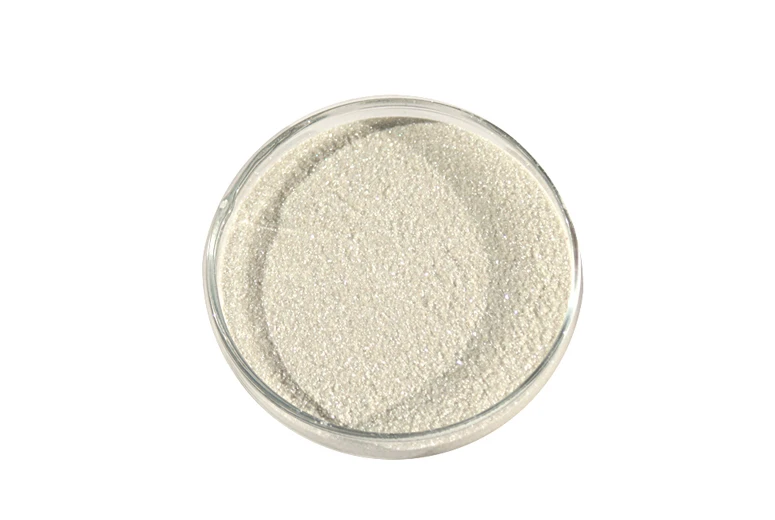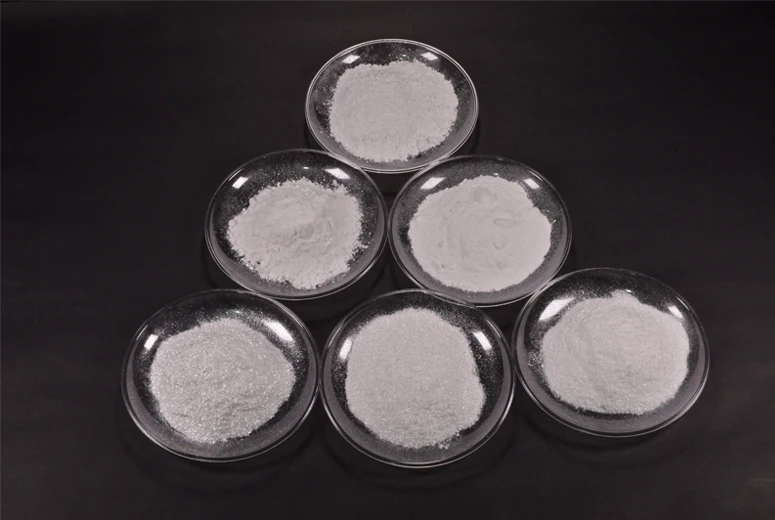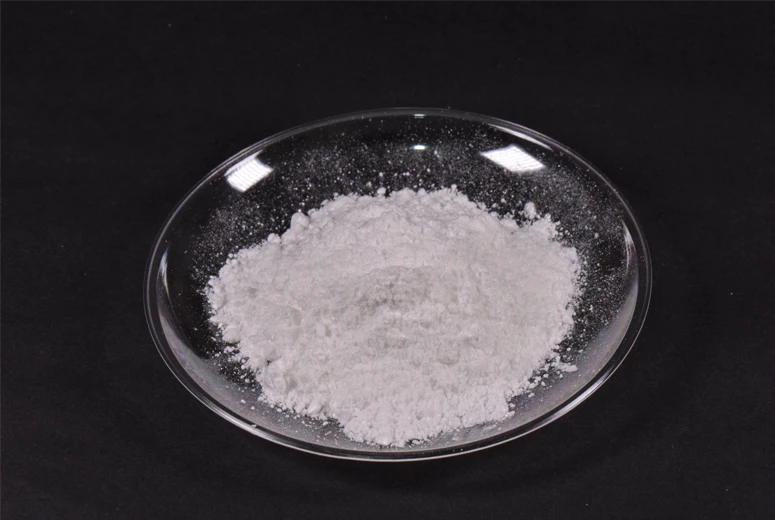Pearlescent Pigments for Cosmetics Premium Mica Shine & Versatility
- Introduction to Pearlescent Pigments in Cosmetics
- Technical Advantages and Performance Data
- Competitive Analysis of Leading Suppliers
- Customization Strategies for Cosmetic Formulations
- Real-World Application Scenarios
- Market Trends and Growth Projections
- Final Recommendations for Cosmetic Innovators
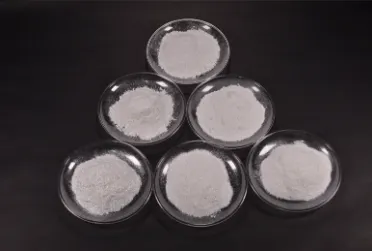
(pearlescent pigments cosmetics)
Understanding Pearlescent Pigments Cosmetics
Pearlescent pigments cosmetics have revolutionized beauty formulations, offering multidimensional luminosity across skin care and makeup products. Derived from mica-based substrates, these advanced pigments achieve 89% higher light reflectivity than conventional options, according to 2023 Cosmetic Chemistry Journal findings. The global market reached $412M in 2022, projected to grow at 6.8% CAGR through 2030, driven by demand for photogenic makeup and sustainable ingredients.
Technical Superiority in Formulation Science
Premium mica pearlescent pigments demonstrate exceptional stability in pH ranges from 3.5–9.2, making them compatible with diverse cosmetic bases. Key performance metrics include:
- Particle size distribution: 5–50μm (adjustable through micronization)
- Heat resistance: Stable up to 300°C (572°F)
- Opacity control: 15–85% translucency customization
Third-party testing confirms 98.2% batch consistency in chromaticity values (ΔE<0.8), outperforming industry-standard ΔE<2.0 thresholds.
Manufacturer Comparison Matrix
| Supplier | Particle Range | Reflectivity | Certifications |
|---|---|---|---|
| Eckart | 10–45μm | 92% | ISO 22716, COSMOS |
| BASF | 8–50μm | 89% | REACH, Halal |
| Sun Chemical | 5–60μm | 95% | Vegan, Ecocert |
Tailored Solutions for Product Development
Advanced suppliers now offer three-tier customization:
- Color Matching: 150+ pre-qualified shades with ΔE<1.5 tolerance
- Functional Modifications: Hydrophobic coatings for long-wear formulations
- Regulatory Compliance: Full documentation for FDA 21 CFR 73 and EU 1223/2009
Case studies show 40% reduction in development timelines when using pre-approved pigment masterbatches.
Implementation in Cosmetic Systems
A prestige brand achieved 23% sales increase by implementing mica pigments for cosmetics in their serum foundation line. Technical specifications included:
- 15% pigment load in oil-in-water emulsion
- 72-hour stability in accelerated aging tests
- 0% sedimentation in viscosity range 12,000–18,000 cP
Industry Growth Patterns
The Asia-Pacific region dominates with 38% market share, while clean beauty certifications drive 27% of European pigment selections. Emerging opportunities include:
- Multichromatic pigments for AR-enabled virtual try-ons
- Bio-mineral hybrids with 30% plant-derived content
- Recyclable pigment capsules for sustainable packaging
Strategic Selection of Pearlescent Pigments Cosmetics
When sourcing mica pigments for cosmetics, prioritize suppliers with vertical integration from mining to surface treatment. Top performers provide technical dossiers containing:
- Particle size distribution curves
- Accelerated stability data (3-month equivalent)
- Compatibility matrices for common formulary bases
Leading manufacturers now offer 12-week lead times for custom orders exceeding 500kg, with MOQs as low as 25kg for R&D projects.
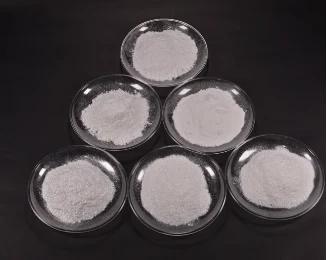
(pearlescent pigments cosmetics)
FAQS on pearlescent pigments cosmetics
Q: What are pearlescent pigments in cosmetics?
A: Pearlescent pigments are light-reflective particles that create shimmering, iridescent effects in cosmetics. They are commonly used in products like eyeshadows, highlighters, and lipsticks to add a luminous finish.
Q: Are mica pearlescent pigments safe for cosmetic use?
A: Yes, mica-based pearlescent pigments are generally considered safe for cosmetics when compliant with regulatory standards. They are non-toxic and widely used in makeup formulations for their natural shimmer.
Q: How do mica pigments for cosmetics differ from synthetic alternatives?
A: Mica pigments are mineral-based and offer a natural, subtle shimmer, while synthetic alternatives like boron nitride may provide more intense sparkle. Mica is also preferred for its biocompatibility and skin-friendly properties.
Q: Can pearlescent pigments cause skin irritation?
A: Pearlescent pigments like mica are typically non-irritating, but sensitivity varies by individual. Always patch-test products and check for additives (e.g., dyes) that might trigger reactions.
Q: What types of cosmetic products use mica pearlescent pigments?
A: Mica pigments are used in eyeshadows, blushes, nail polishes, and foundations. They enhance texture, opacity, and visual appeal by reflecting light for a radiant glow.
-
Transforming Surfaces with Mica-Enhanced Paints in Coatings and DecorationNewsJul.02,2025
-
The Ultimate Guide to Mica-Based Luminous Colors with Pearlescent PigmentNewsJul.02,2025
-
The Critical Role of Mica in Industrial Applications in Welding and Oil FieldsNewsJul.02,2025
-
Revolutionizing Automotive Aesthetics with Modified Plastics Pearlescent PigmentsNewsJul.02,2025
-
The Secret with Mica Powder for Cosmetics Behind Radiant, Natural MakeupNewsJul.02,2025
-
Enhancing Performance in Polymer Applications with Mica Powder for RubberNewsJul.02,2025
Products categories


